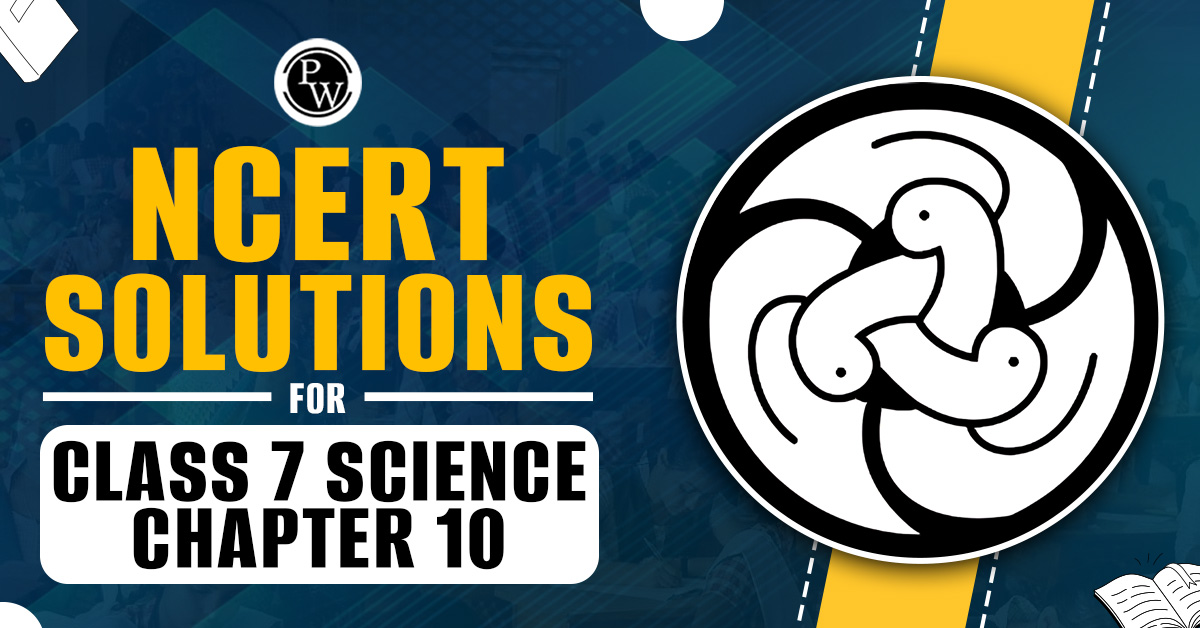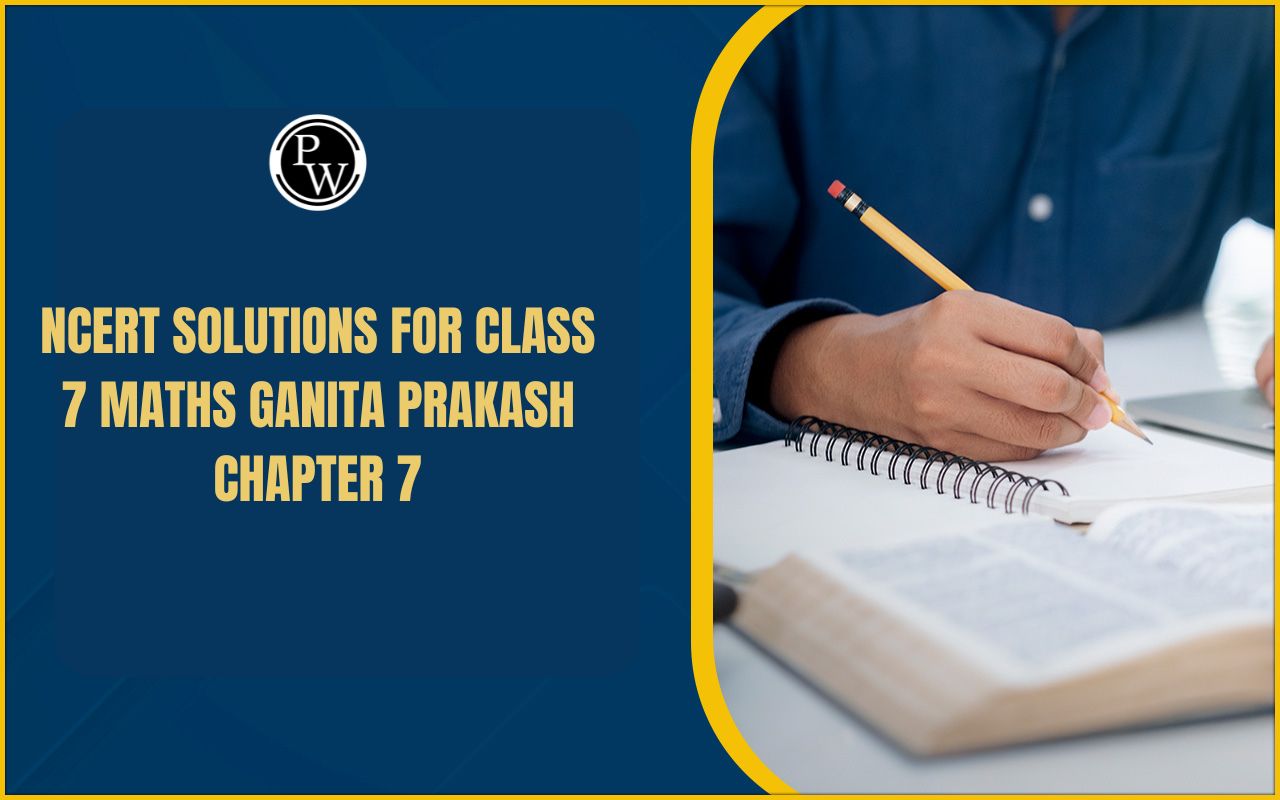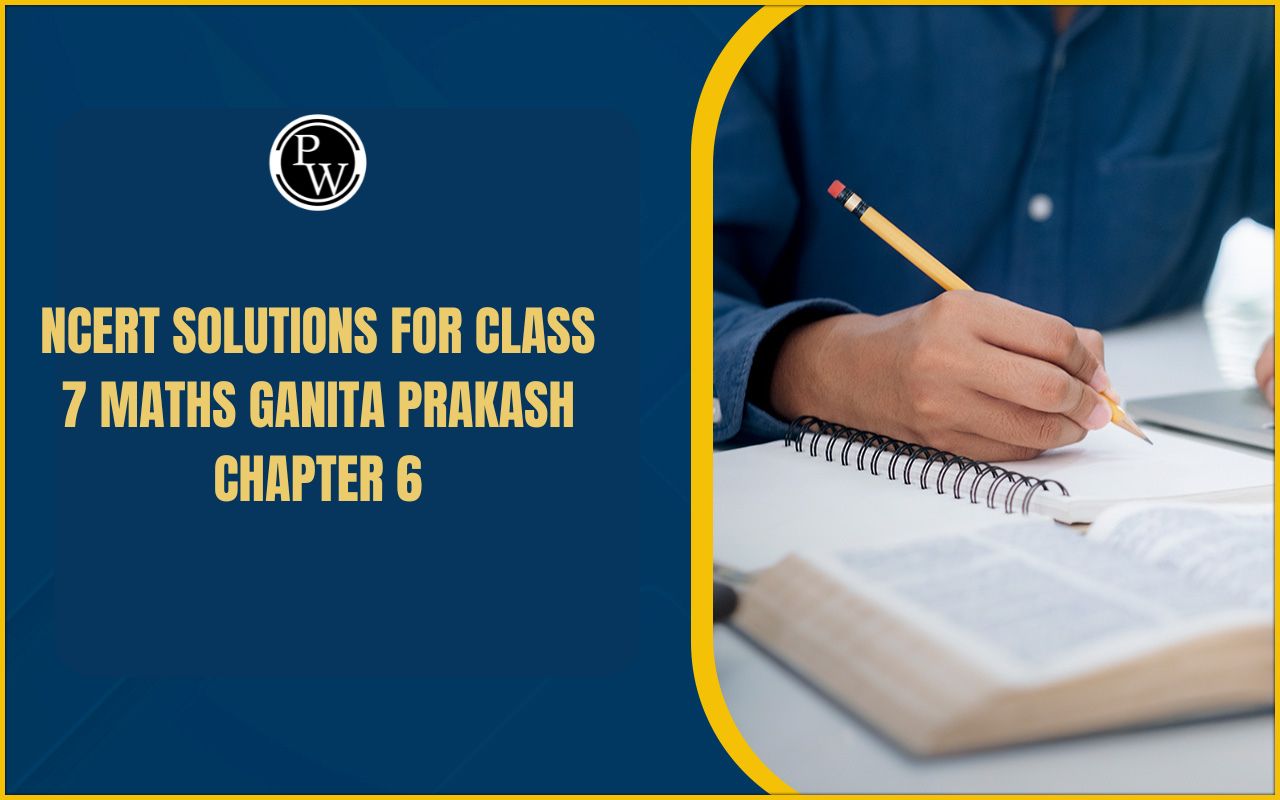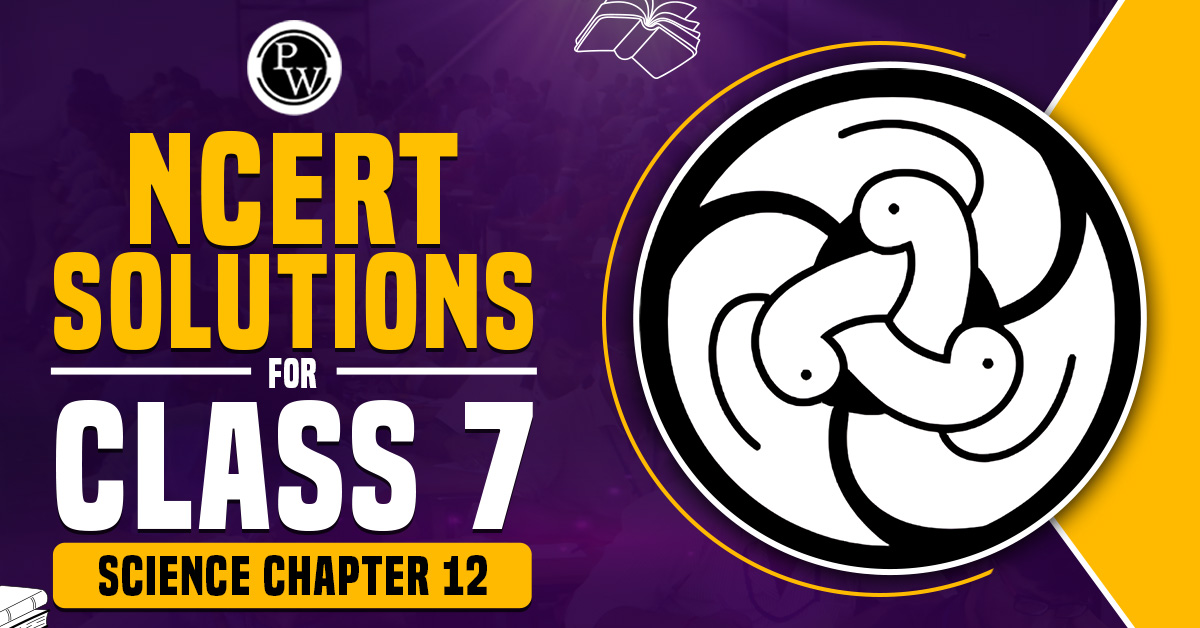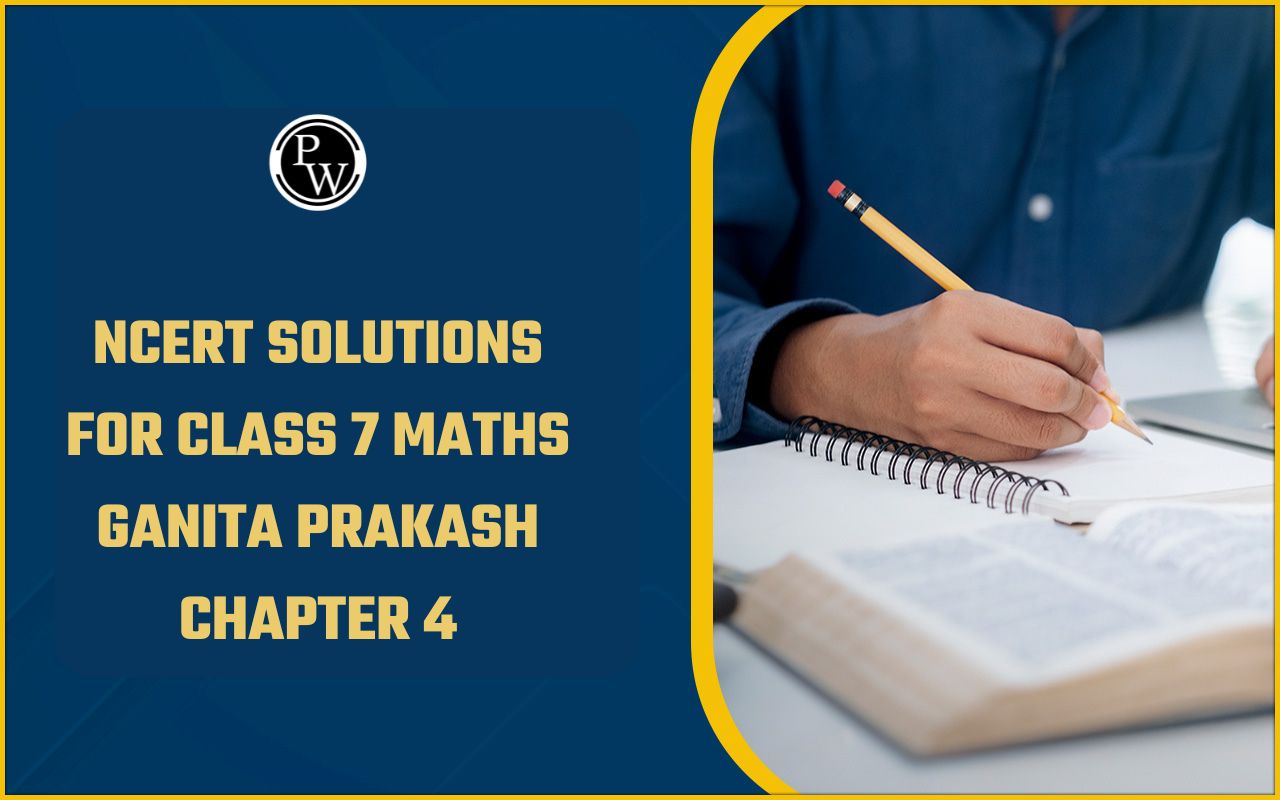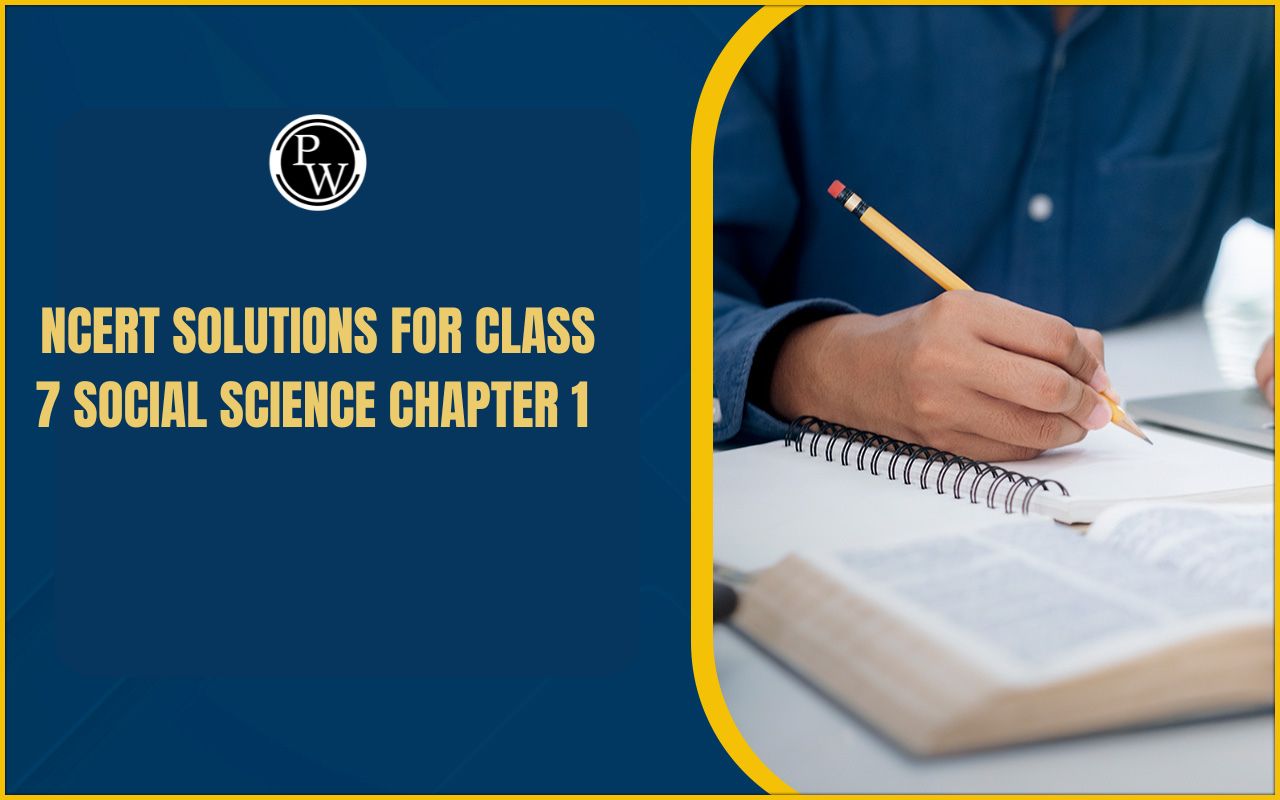
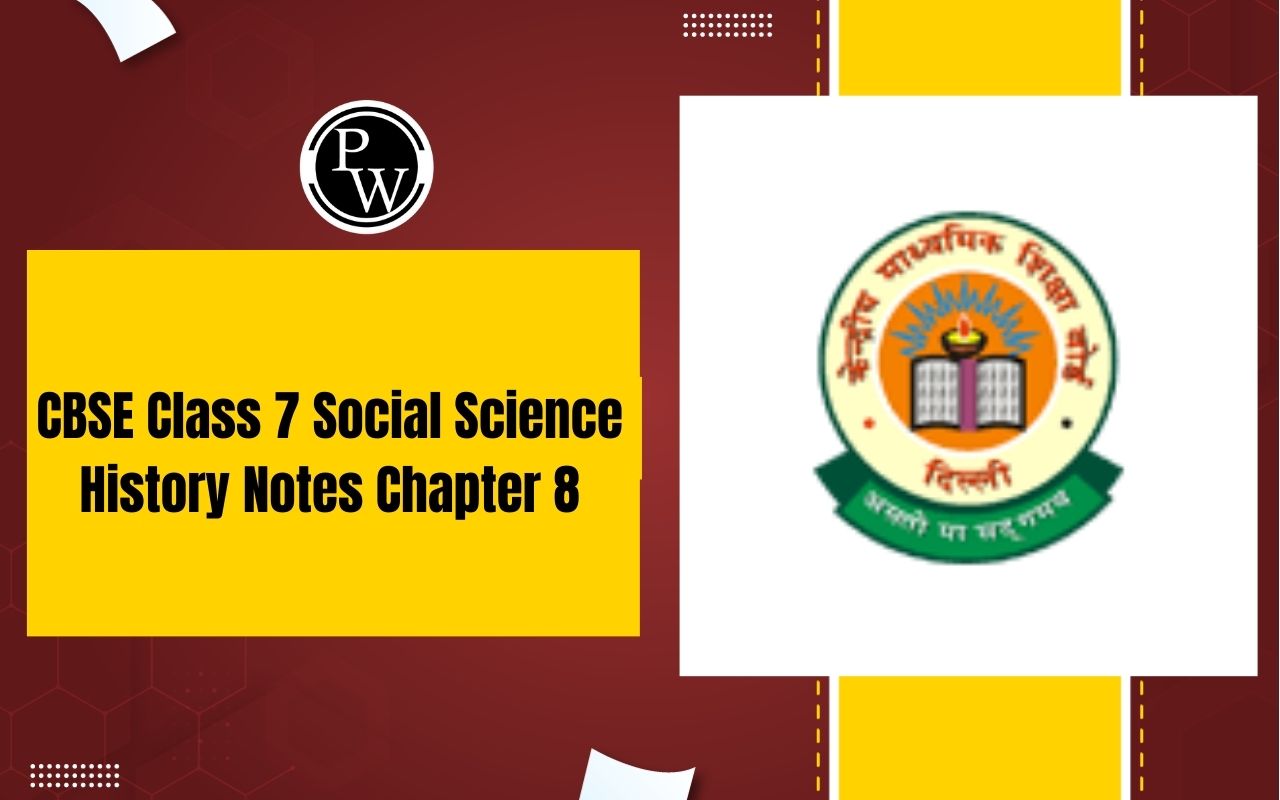
CBSE Class 7 Social Science History Notes Chapter 8: Chapter 8 of Class 7 Social Science History, "Devotional Paths to the Divine," talks about the different ways people in medieval India tried to connect with God. It focuses on the Bhakti and Sufi movements, which were about love and devotion to God rather than following strict rituals.
Bhakti saints like Kabir, Tulsidas, and Mirabai believed in loving and being devoted to God and taught that everyone is equal. Sufi saints like Khwaja Moinuddin Chishti focused on having a personal and mystical relationship with Allah. These movements helped make society more tolerant and united people from different backgrounds through their shared spirituality.CBSE Class 7 Social Science History Notes Chapter 8 Devotional Paths To The Divine Overview
These notes about Chapter 8 of CBSE Class 7 Social Science History, "Devotional Paths to the Divine," are made by subject experts from Physics Wallah. The chapter talks about how people connect with the divine through different religious paths. It covers the Bhakti movement and Sufi tradition, showing how devotion has shaped India's culture.CBSE Class 7 Social Science History Notes Chapter 8 PDF
You can access the PDF for CBSE Class 7 Social Science History Notes Chapter 8 by clicking on the link provided below. This chapter focuses on different ways people in India have connected with the divine throughout history. It talks about the Bhakti movement and Sufi tradition, showing how these spiritual practices have shaped Indian culture and society. The PDF includes easy-to-understand notes that cover important topics, key figures, and significant events related to devotional paths in India.CBSE Class 7 Social Science History Notes Chapter 8 PDF
CBSE Class 7 Social Science History Notes Chapter 8 Devotional Paths To The Divine
The Idea of a Supreme God
Before the rise of large kingdoms, different communities worshipped their own gods and goddesses. As towns, trade, and empires expanded, people came together, sparking new ideas. One such concept was the belief in reincarnation, where every living being goes through cycles of birth and rebirth based on their deeds. The notion of social hierarchy based on birth gained traction, with certain texts suggesting that privileges come from being born into noble families or high castes. However, some people were uncomfortable with these ideas and turned to teachings like those of Buddha or the Jainas, which emphasized personal effort to overcome social differences and the cycle of rebirth. Another appealing idea was the worship of a Supreme God, who could liberate humans from bondage through devotion or bhakti, as advocated in the Bhagavad Gita. Deities like Shiva, Vishnu, and Durga became the focus of elaborate rituals, and local gods and goddesses were associated with them. Puranic stories incorporated local myths, and worship methods outlined in the Puranas were adopted in local cults. The Puranas also suggested that devotees could receive divine grace regardless of their caste. The concept of bhakti gained widespread popularity, even among Buddhists and Jainas.A New Kind of Bhakti in South India – Nayanars and Alvars
From the 7th to the 9th centuries, a new wave of religious movements emerged in South India, spearheaded by the Nayanars and Alvars. These saints, devoted to Shiva and Vishnu respectively, hailed from diverse backgrounds, including lower castes like the Pulaiyar and the Panars. They vehemently criticized Buddhism and Jainism, advocating instead for fervent devotion to Shiva or Vishnu as the path to salvation. Drawing inspiration from the Sangam literature, which celebrated themes of love and heroism, the Nayanars and Alvars composed beautiful poems praising the deities. As they traveled from village to village, they enshrined their verses and set them to music. During the 10th to 12th centuries, Chola and Pandya kings erected grand temples around these shrines, further intertwining the bhakti tradition with temple worship. The poems of these saint-poets were compiled, and their biographies were documented, serving as valuable sources for understanding the history of the bhakti movement.Philosophy and Bhakti
Shankara, born in Kerala in the 8th century, is renowned as one of India's most influential philosophers. He advocated for Advaita, the belief in the oneness of the individual soul and the Supreme God, considered the Ultimate Reality. According to Shankara, Brahman, the sole reality, is formless and devoid of attributes, and the world is an illusion or Maya. He preached renunciation of worldly attachments and the pursuit of knowledge to comprehend Brahman's true nature and achieve salvation. Ramanuja, born in Tamil Nadu in the 11th century, was deeply influenced by the Alvars, saints devoted to Vishnu. He believed that intense devotion to Vishnu was the most effective means of attaining salvation. Ramanuja emphasized that Vishnu, in His grace, assists devotees in achieving union with Him, leading to the blissful state. He proposed the doctrine of Vishishtadvaita, or qualified oneness, asserting that even when united with the Supreme God, the soul remains distinct. Ramanuja's teachings significantly influenced the development of a new strand of bhakti in North India in subsequent years.Basavanna’s Virashaivism
The Virashaiva movement, initiated by Basavanna and his companions like Allama Prabhu and Akkamahadevi, emerged in Karnataka in the mid-12th century. Virashaivas advocated vehemently for the equality of all human beings, opposing Brahmanical concepts of caste hierarchy and the mistreatment of women. They rejected all forms of ritual and idol worship, representing a reaction against the connection between the Tamil Bhakti movement and temple worship. This movement sought to challenge prevailing social norms and promote egalitarian ideals.The Saints of Maharashtra
From the 13th to the 17th centuries, Maharashtra witnessed the rise of numerous saint poets whose simple Marathi songs continued to inspire people. Among the most prominent were Dnyaneshwar (Gyaneshwar), Namdev, Eknath, and Tukaram. Notably, women like Sakhubai and the family of Chokhamela, who belonged to the "untouchable" Mahar caste, also contributed significantly to this tradition. The regional tradition of bhakti in Maharashtra focused on the Vitthala temple in Pandharpur and the concept of a personal god residing in the hearts of all people. These saint-poets rejected ritualism, outward displays of piety, and social hierarchies based on birth. They even shunned the idea of renunciation, choosing instead to live with their families and earn their livelihood while serving others humbly. Their humanist ideals emphasized empathy and understanding, with the famous Gujarati saint Narsi Mehta stating, "They are Vaishnavas who understand the pain of others."Nathpanthis, Siddhas and Yogis
During this period, several religious groups emerged, critiquing conventional rituals and social norms. Among them were the Nathpanthis, Siddhacharas, and Yogis, who advocated renunciation of the worldly life. They believed that salvation could be attained through meditation on the formless Ultimate Reality and achieving oneness with it. These groups emphasized intense mental and physical training through practices like yoga asanas, breathing exercises, and meditation. They gained popularity, especially among "low" castes, and their criticism of conventional religion paved the way for devotional religion to become widespread in northern India.Islam and Sufism
Sufism, a branch of Islam, shares many similarities with the teachings of saints. Both emphasize love, devotion to God, and compassion towards all humans. While Islam stresses strict monotheism and submission to one God, Sufis focus on personal devotion and spiritual union with God. They reject elaborate rituals and instead seek a direct connection with the divine, often through practices like chanting, contemplation, singing, dancing, and breath control. Sufis, like saints, compose poems and stories to express their spiritual experiences. They follow different methods of instruction and ritual practice, known as tariqas, under the guidance of a master or pir. From the 11th century onwards, Sufis from Central Asia settled in the Indian subcontinent, establishing major centers of Sufi teachings. The Chishti order was one of the most influential, with renowned teachers like Khwaja Muinuddin Chishti and Baba Farid. Sufi masters held gatherings in hospices, where people from all walks of life sought spiritual guidance and blessings. Sufi saints were believed to possess miraculous powers, and their tombs became places of pilgrimage for people of all faiths.New Religious Developments in North India
The period after the 13th century saw a vibrant wave of religious movements in North India, influenced by various traditions like Islam, Hinduism, Sufism, and different strands of bhakti. As new towns and kingdoms emerged, people from diverse backgrounds embraced these new ideas. Some saints, like Kabir and Guru Nanak, challenged orthodox religions, while others, like Tulsidas and Surdas, sought to make existing beliefs accessible to all. Tulsidas depicted God as Rama in his renowned composition, the Ramcharitmanas, written in Awadhi. Surdas, an ardent devotee of Krishna, expressed his devotion through compositions compiled in various works. Shankaradeva of Assam emphasized devotion to Vishnu and established namghars or houses of prayer. Other saints like Dadu Dayal, Ravidas, and Mirabai also contributed to this religious fervor. Mirabai, a Rajput princess, openly challenged caste norms and expressed her devotion to Krishna through countless bhajans. What's unique about these saints is that their works were in regional languages and could be sung, making them immensely popular among the masses. These songs, transmitted orally, became an integral part of popular culture, enriched by the experiences of the poorest communities and women who sang them.A Closer Look: Kabir
A Closer Look: Baba Guru Nanak
Baba Guru Nanak (1469-1539) was born in Talwandi (now Nankana Sahib in Pakistan) and traveled widely, establishing a center at Kartarpur where his followers worshipped and ate together in a common kitchen known as langar, regardless of their creed, caste, or gender.
After his death, his successor, Guru Angad, compiled his compositions along with his own in a new script called Gurmukhi. Three successors of Guru Angad also wrote under the name of "Nanak," and their compositions were compiled into the Guru Granth Sahib, the holy scripture of the Sikhs.
Baba Guru Nanak emphasized productive occupations and community contribution, leading to the development of the town of Ramdaspur (Amritsar) around the central Gurdwara called Harmandar Sahib (Golden Temple).
The Sikh community, viewed as a potential threat by Mughal emperor Jahangir, faced persecution, leading to its politicization in the 17th century and the institution of the Khalsa by Guru Gobind Singh in 1699. Baba Guru Nanak's teachings emphasized the worship of one God and the irrelevance of caste, creed, or gender for attaining liberation, underlining the importance of right worship, honest living, and helping others.
His ideas of equality had social and political implications, shaping the history of Sikhism distinctively from other religious movements of the time.
Benefits of CBSE Class 7 Social Science History Notes Chapter 8 Devotional Paths To The Divine
- Comprehensive Coverage: The notes provide a thorough overview of the cha
- pter, covering all important topics and concepts as per the CBSE curriculum.
- Clarity and Understanding: They present complex historical information in a simplified manner, making it easier for students to grasp and understand.
- Exam Preparation: Students can use these notes for effective exam preparation, as they highlight key points, important dates, and significant events from the chapter.
- Time-Saving: Instead of going through the entire chapter repeatedly, students can refer to these notes for quick revision and review before tests or exams.
- Enhanced Learning Experience: By using these notes, students can deepen their understanding of the historical concepts covered in the chapter, leading to a more enriching learning experience.
CBSE Class 7 Social Science History Notes Chapter 8 FAQs
Who were the prominent figures in the Bhakti movement?
The chapter discusses saints like Kabir, Guru Nanak, Mirabai, and Tulsidas, who played significant roles in the Bhakti movement.
What is the significance of the Sufi movement?
The Sufi movement emphasized love, devotion, and compassion towards God and fellow human beings, contributing to the spiritual landscape of medieval India.
What were the social and political implications of these movements?
The Bhakti and Sufi movements challenged orthodox religious practices, social hierarchies, and caste distinctions, advocating for equality and universal love.
How did these movements contribute to Indian culture and society?
The chapter discusses how the Bhakti and Sufi movements enriched Indian culture through poetry, music, and literature, fostering a sense of inclusivity and tolerance.
How did these movements contribute to Indian culture and society?
The chapter discusses how the Bhakti and Sufi movements enriched Indian culture through poetry, music, and literature, fostering a sense of inclusivity and tolerance.
🔥 Trending Blogs
Talk to a counsellorHave doubts? Our support team will be happy to assist you!

Free Learning Resources
PW Books
Notes (Class 10-12)
PW Study Materials
Notes (Class 6-9)
Ncert Solutions
Govt Exams
Class 6th to 12th Online Courses
Govt Job Exams Courses
UPSC Coaching
Defence Exam Coaching
Gate Exam Coaching
Other Exams
Know about Physics Wallah
Physics Wallah is an Indian edtech platform that provides accessible & comprehensive learning experiences to students from Class 6th to postgraduate level. We also provide extensive NCERT solutions, sample paper, NEET, JEE Mains, BITSAT previous year papers & more such resources to students. Physics Wallah also caters to over 3.5 million registered students and over 78 lakh+ Youtube subscribers with 4.8 rating on its app.
We Stand Out because
We provide students with intensive courses with India’s qualified & experienced faculties & mentors. PW strives to make the learning experience comprehensive and accessible for students of all sections of society. We believe in empowering every single student who couldn't dream of a good career in engineering and medical field earlier.
Our Key Focus Areas
Physics Wallah's main focus is to make the learning experience as economical as possible for all students. With our affordable courses like Lakshya, Udaan and Arjuna and many others, we have been able to provide a platform for lakhs of aspirants. From providing Chemistry, Maths, Physics formula to giving e-books of eminent authors like RD Sharma, RS Aggarwal and Lakhmir Singh, PW focuses on every single student's need for preparation.
What Makes Us Different
Physics Wallah strives to develop a comprehensive pedagogical structure for students, where they get a state-of-the-art learning experience with study material and resources. Apart from catering students preparing for JEE Mains and NEET, PW also provides study material for each state board like Uttar Pradesh, Bihar, and others
Copyright © 2025 Physicswallah Limited All rights reserved.





